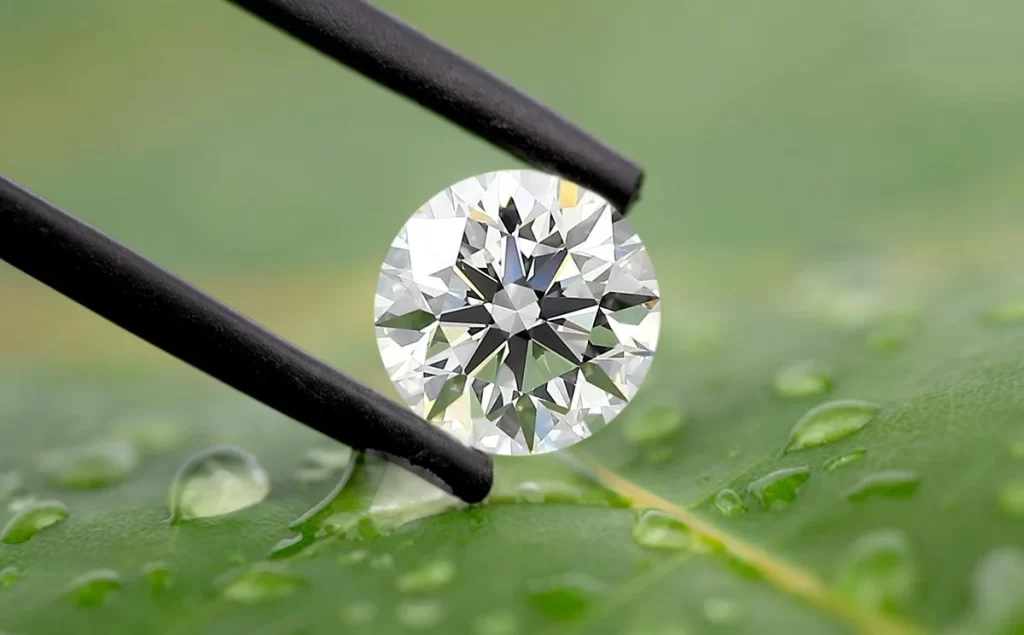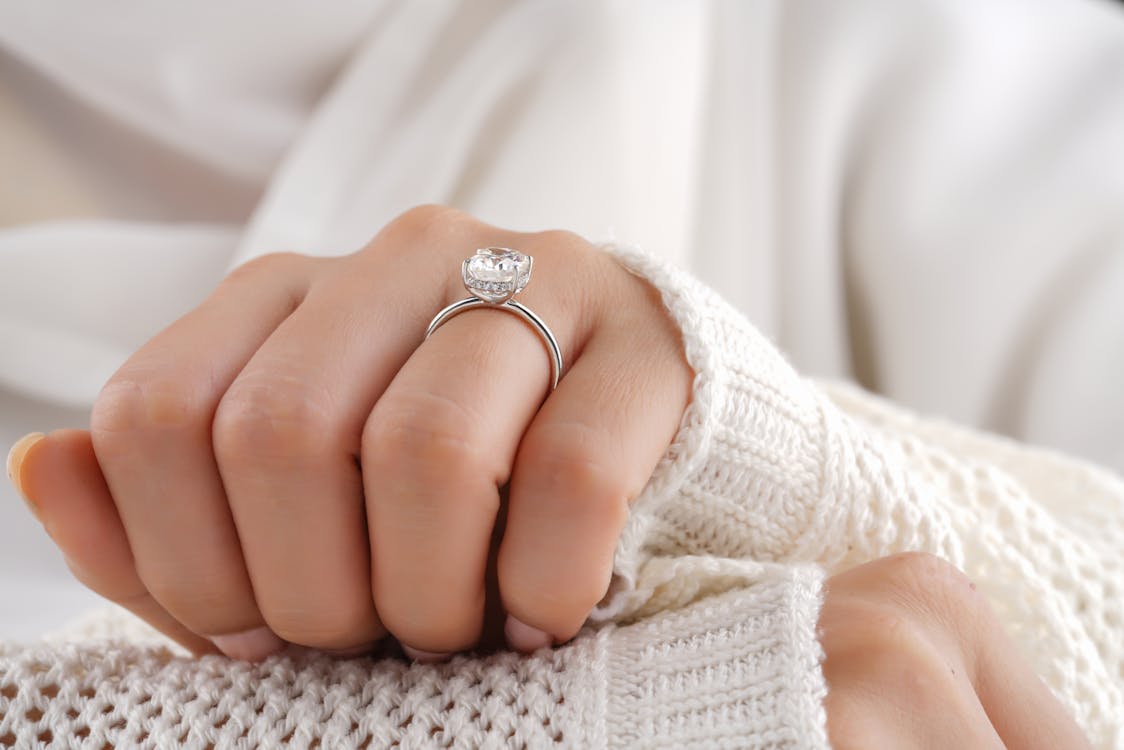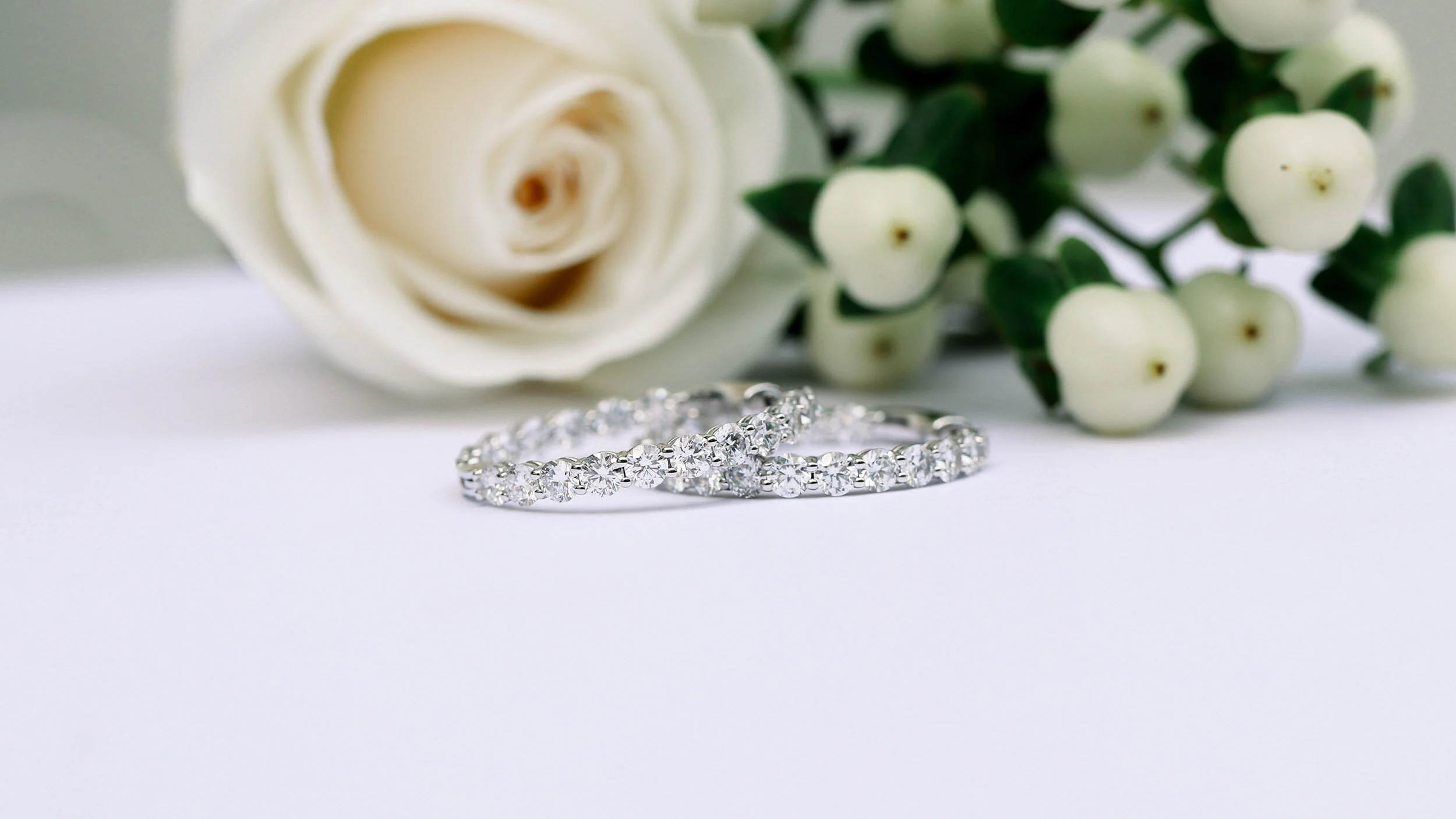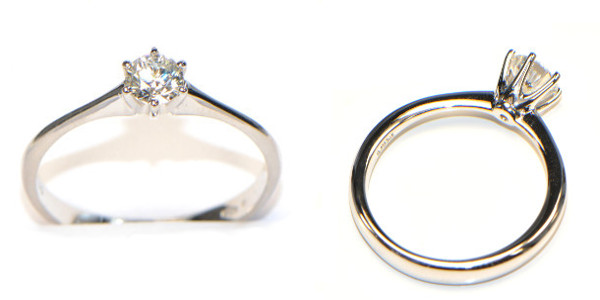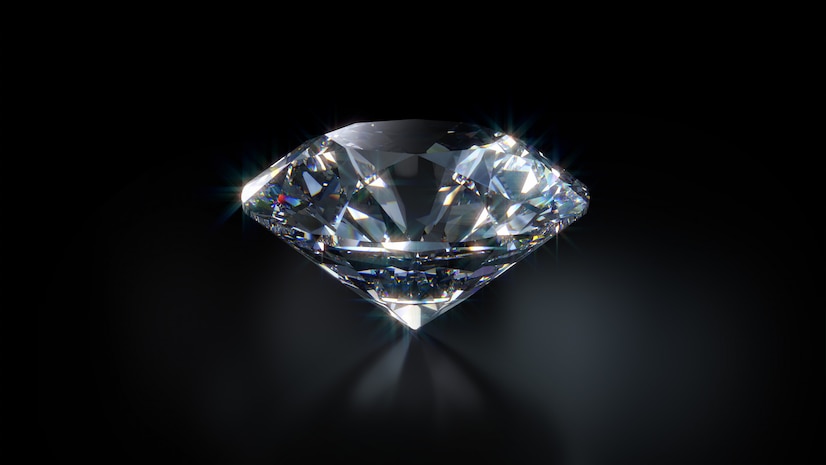
When it comes to purchasing 4cs diamonds importance, whether for an engagement ring, a pair of earrings, or a statement necklace, buyers often encounter a complex world of terms, grading systems, and quality factors. Among these, the “4Cs” are critical for understanding the value and quality of a 4cs diamonds importance. These four characteristics—Cut, Color, Clarity, and Carat—are the fundamental criteria used to assess and compare diamonds. In this article, we will explore the importance of each of the 4Cs and how they impact a diamond’s overall appeal and value.
Cut: The Sparkle and Brilliance Factor
Of all the 4Cs, cut is often considered the most important. It refers to how well a diamond has been shaped and faceted, impacting its brilliance, fire, and scintillation. A well-cut diamond reflects light internally and externally, creating a dazzling sparkle.
Diamonds are cut into various shapes, such as round, princess, emerald, and others. The precision of the cut determines how light travels within the diamond. An expertly cut diamond can maximize the stone’s beauty, while a poorly cut diamond can appear dull and lifeless. Therefore, a high-quality cut can significantly enhance a diamond’s allure.
Color: Shades of Purity
Diamonds naturally come in a range of colors, from colorless to yellow or brown, and even rare hues like blue, pink, or green. However, for most gem-quality diamonds, the less color, the better. The Gemological Institute of America (GIA) grades diamond color on a scale from D (completely colorless) to Z (light yellow or brown).
Colorless diamonds are more valuable because they allow more light to pass through, resulting in greater brilliance. While slight color variations might be subtle to the untrained eye lab created diamonds, they can impact a diamond’s price and overall quality.
Clarity: A Clear View Inside
Clarity measures the presence of internal or external imperfections, known as inclusions and blemishes, respectively. A diamond with fewer inclusions and blemishes is more desirable and valuable. The GIA clarity scale ranges from Flawless (no visible inclusions under 10x magnification) to Included (visible inclusions).
Though flawless diamonds are rare and highly valued, most diamonds have some degree of inclusions. The key is to find a diamond with imperfections that do not significantly impact its beauty or durability.
Carat: The Weight of a Diamond
Carat refers to a diamond’s weight, with one carat equaling 200 milligrams. While larger diamonds tend to be more expensive, carat weight alone does not determine a diamond’s value. It’s crucial to consider cut, color, and clarity alongside carat weight, as a smaller diamond with excellent cut, color, and clarity can be more valuable than a larger diamond with lower quality in these areas.
Balancing the 4Cs for the Perfect Diamond
When purchasing a diamond, it’s essential to consider all four of the 4Cs in harmony. A balanced approach ensures you get a diamond that meets your quality standards and budget. For example, a smaller, well-cut diamond with excellent clarity and color can be more appealing than a larger diamond with noticeable inclusions or color tints.
Understanding the 4Cs empowers buyers to make informed decisions and select a diamond that resonates with their personal style and preferences. Whether you’re buying a diamond for a special occasion or as an investment, knowing the 4Cs can guide you toward a brilliant choice that will shine for years to come.
